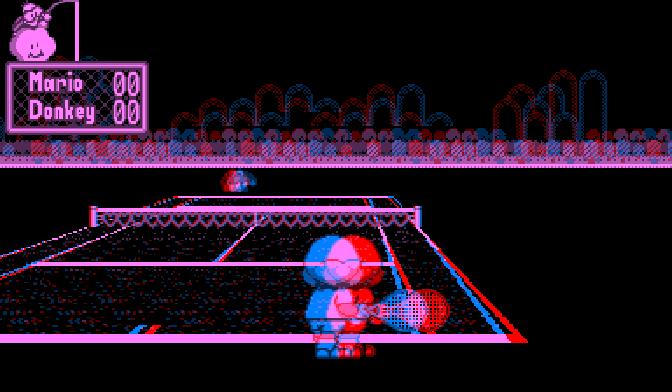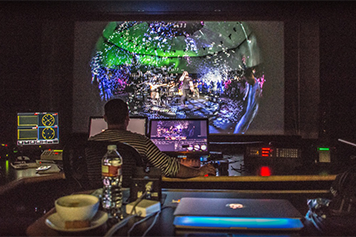Broadcast’s Reality May Be Virtual

The promise of Virtual Reality has long been the stuff of science fiction. Early VR systems, such as Nintendo’s Virtual Boy, had consumers dreaming of a Star Trek like Holodeck, but left them with Mario Tennis and a headache.
Ultimately, the early VR technologies proved to be nothing more than a flash in the pan, and the idea largely vanished in the late 90s.
However, in recent years the technology may have finally caught up with the dream. Products like Google Cardboard, Facebook’s Oculus Rift, Samsung Gear’s VR, and Sony’s Project Morpheus are beginning to deliver on the promise of Virtual Reality.
Most importantly, the content already available for these devices is capturing the imagination of the viewing public with some incredible work. The New York Times, for example, recently partnered with Virtual Reality production company VRSE to shoot The Displaced, a powerful piece focused on three child refugees. The latest Muse video has the viewer standing with the band as a riot breaks out around them, while The North Face: Climb, by VR producer Jaunt, follows Cedar Wright and Sam Elias, as they scale and base jump from mountains in Moab, Utah and Yosemite National Park.
 Existing content is mostly available prerecorded through apps, but imagine how much more incredible a live event could be. Consumers could stand on the sidelines of the Super Bowl, sing-along on stage at a live U2 concert, or be in the midst of a breaking news story as the drama unfolds. This is a great opportunity for broadcasters.
Existing content is mostly available prerecorded through apps, but imagine how much more incredible a live event could be. Consumers could stand on the sidelines of the Super Bowl, sing-along on stage at a live U2 concert, or be in the midst of a breaking news story as the drama unfolds. This is a great opportunity for broadcasters.
NextVR, a company on the cutting edge of streaming VR is capturing and delivering both on-demand and live content. Using the NextVR app and the Samsung Gear VR Headset, users have seen both the recent CNN coverage of the Democratic Debate, as well as the NBA’s Golden State Warriors opening game.
The live streams, while impressive, are limited. As more viewers begin tuning into their favorite teams, the streams simply won’t be able to scale to the demand. This could provide huge potential for broadcasters to transmit live VR content over-the-air.

NextVR at work
Speaking to NAB Labs, David Cole, Co-founder of NextVR, said “Technically, there is no reason why we can’t transmit our VR streaming transmission OTA.”
“The idea of opening up VR to the bandwidth and reach of OTA transmission is quite compelling, and one we’re eager to explore.”
Of course, broadcasting VR is not without its challenges. A major hurdle will be the bandwidth to broadcast VR content. Since VR Head Mounted Devices (HMD) sit inches from the eyes, anything less than HD won’t be acceptable. It is also important to note that broadcasters have to broadcast the entire captured sphere, despite the fact that the HMD is only displaying a small cropping of the VR content based on head movements. For good quality content, this could require resolution as high as 8K.
These issues aren’t impossible to overcome. HEVC compression will improve over time, and hybrid systems of broadcast and streaming could provide the required bandwidth for a stable live VR experience.
Though Over-the-Air VR may not be immediately possible, broadcasters should take the opportunity to now to experiment with Virtual Reality services. The lessons learned from these experiments will be invaluable when scaling VR to the larger broadcast TV audience. If VR can be done right, it could be a killer service for broadcasters.

